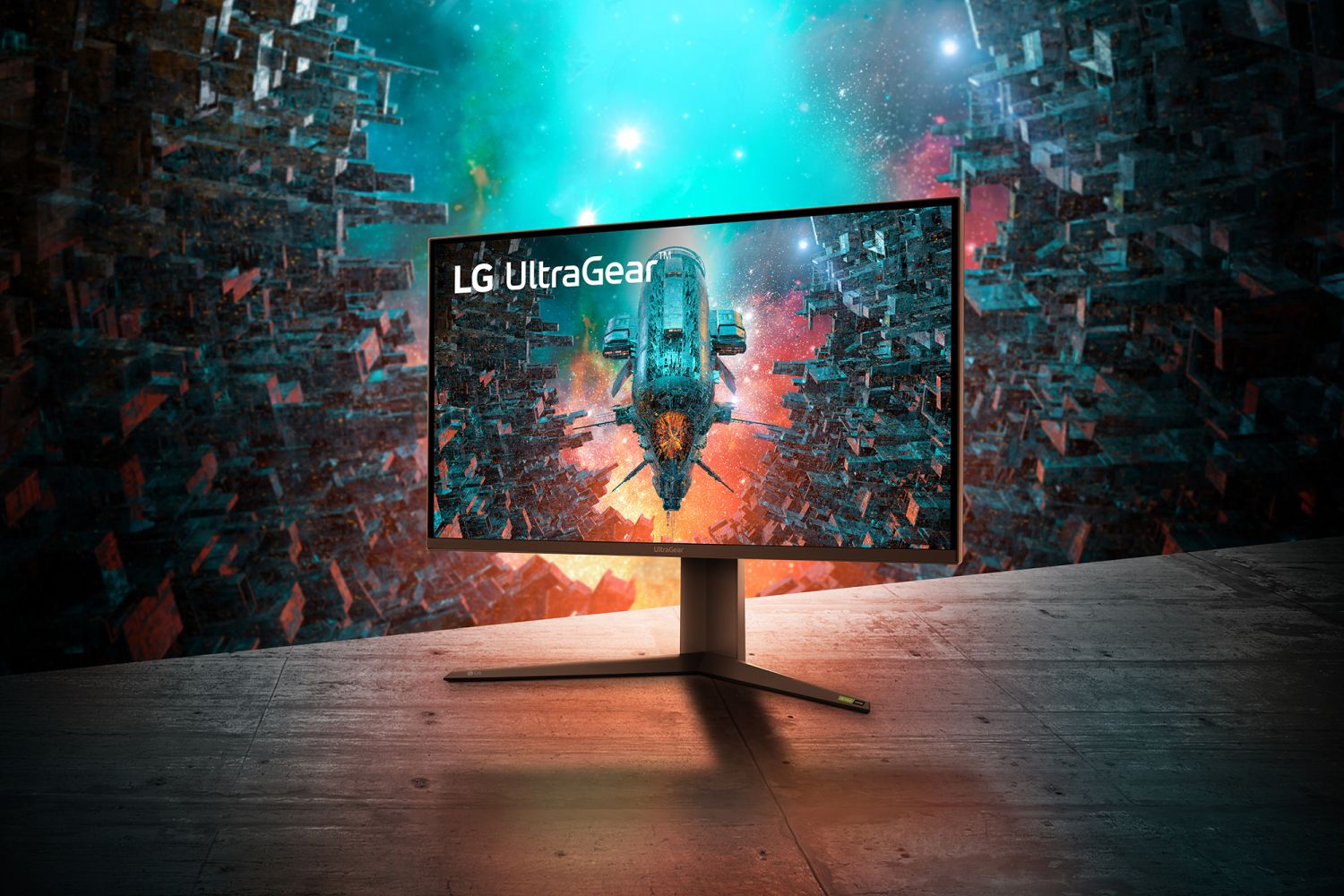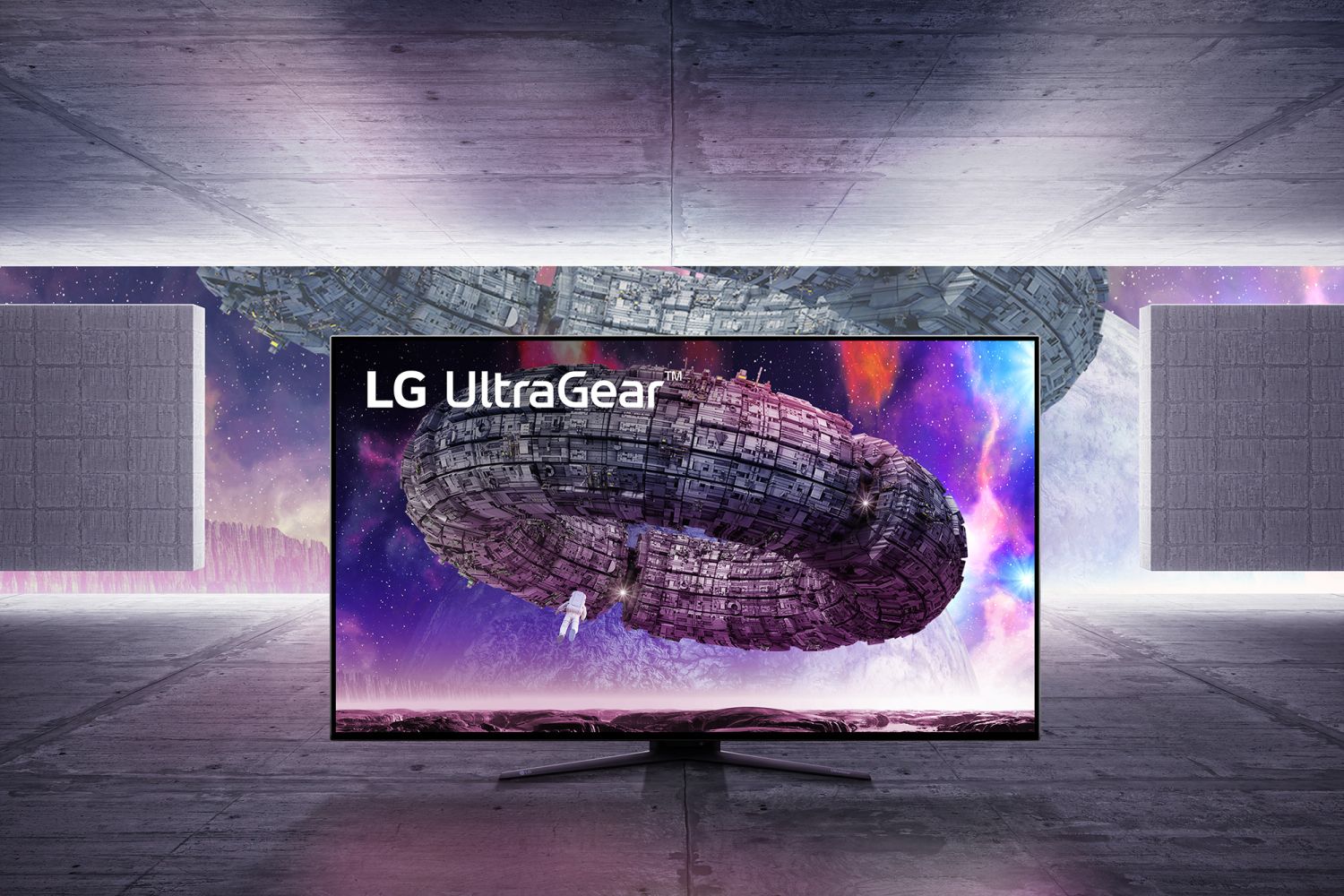First on the list are the two 32-inch monitors, the 32GQ850 and 32GQ950. Both these monitors are similar in several aspects, but they are, of course, have differences among them. Starting with what they share, both have 31.5-inch Nano IPS panels with ATW Polarizers. In addition, both monitors have a response of 1ms GTG, and a 98% DCI-P3 colour gamut. Ports-wise, both monitors have two HDMI 2.0b ports, one DisplayPort 1.4a port, one USB 3.0 upstream port, two USB 3.0 downstream ports, and a 4polt Headphone jack that supports DTS HP: X. As for the differences between the 32GQ850 and 32GQ950, the former’s native resolution is set at QHD (2560 x 1440), while the latter’s goes all the way up to 4K (3840 x 2160). Further, the 32GQ850 has a refresh rate of 240Hz that goes up to 260Hz if overclocked, while the 32GQ950’s is 144Hz and 160Hz when overclocked. And while both monitors are VESA DisplayHDR capable, the 32GQ850’s has a peak brightness of 600 nits, while the 32GQ950 is rated at 1000 nits. In addition, both 32-inch monitors are NVIDIA G-Sync Compatible and support AMD FreeSync Premium Pro, but only the 32GQ850 supports VESA Adaptive Sync. Sitting at the top of the lineup is the 48GQ900, the flagship of LG’s 2002 UltraGear monitor lineup. Measuring in at 47.5-inches, this gaming monitor features an OLED panel, as well as a maximum resolution of 4K (3840 x 2160). Further, it has a DCI-P3 colour accuracy of 98.5%, a standard and overclocked refresh rate of 120Hz and 138Hz respectively, and an ultra-fast response time of 0.1ms GTG. On top of that, it is also HDR10 certified. Of course, as per the article’s title, the 48GQ900 is an Adaptive Sync monitor and to that end, meaning that it supports AMD’s FreeSync Premium while also being NVIDIA G-Sync Compatible. For ports, the gaming monitor has just as many ports as its 32-inch counterpart, save for an additional HDMI port. Oh, and because of its size, it also has dual 20W speakers built into its frame. At the time of writing, LG did not provide an official price list for all three monitors. As for availability, that starts this month, with Japan, North America, Europe and Asia being its “key markets”. Sadly, the Korean electronics brand did not specify when the lineup will be available in Malaysia. (Source: LG)


